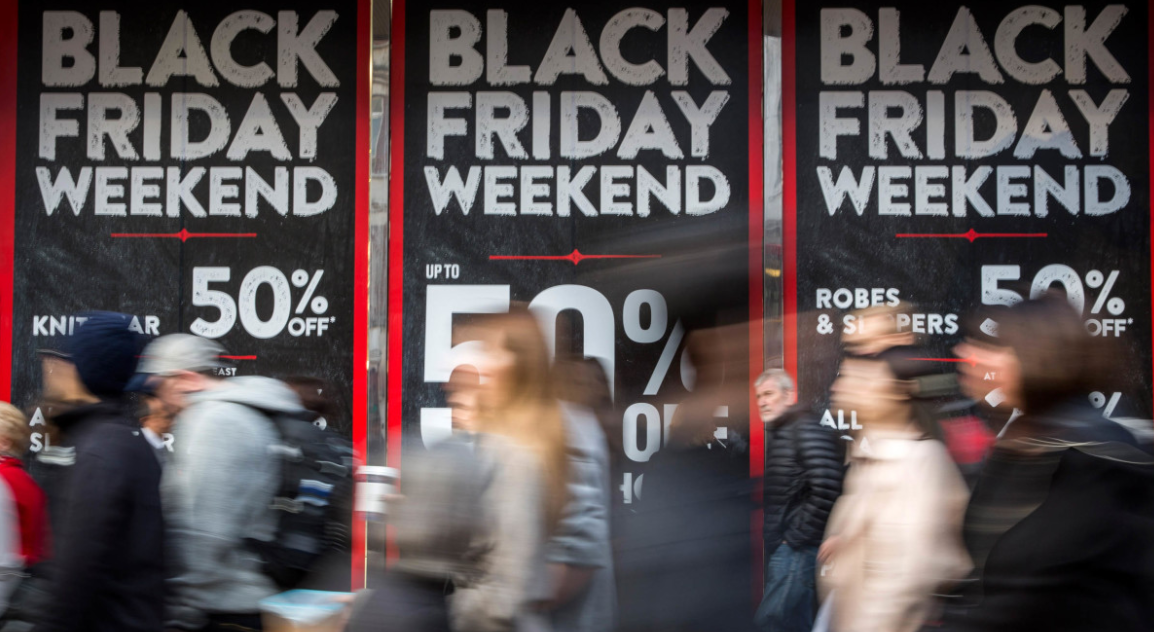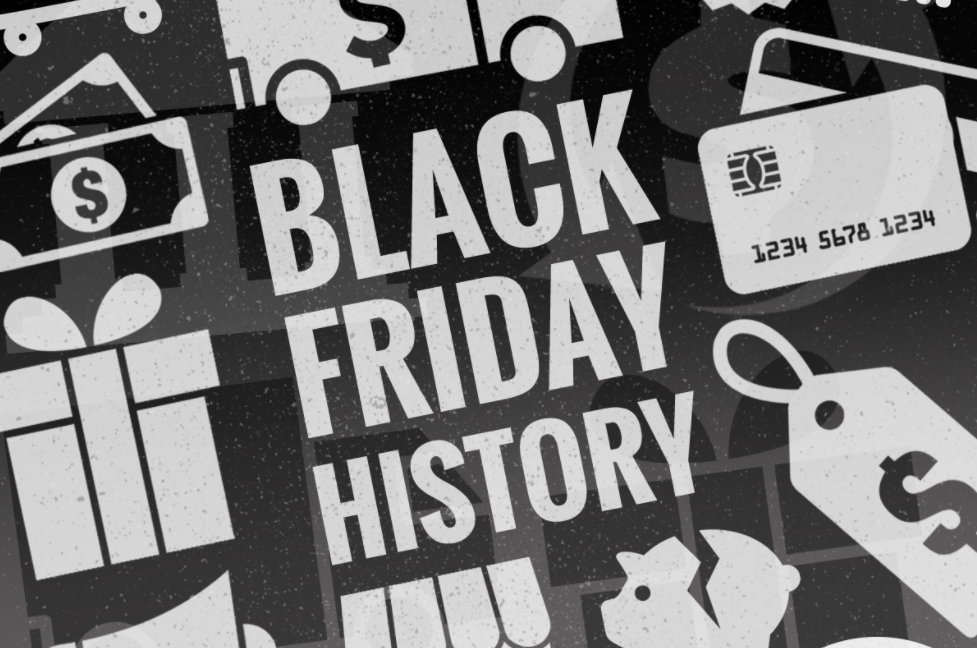 |
| Black Friday is now known as a day when consumers can save big money on a variety of items, from appliances to shoes. (Photo: History.com) |
A common explanation for the name of Black Friday
Black Friday is now known as a day when consumers can save big money on a variety of items, from appliances to shoes. Over the years, the amount spent on Black Friday has increased, with the total holiday shopping season of November and December seeing billions of dollars spent. In 2002, shoppers spent a total of $416.4 billion on holiday shopping. By 2019, that number was up 75%, to $730.2 billion.
With the holiday season amounting to almost 20% or more of annual sales for many retailers, it’s no wonder Black Friday is known as a big shopping day for consumers and earning day for businesses. However, it wasn’t always tied to spending and making money.
You may be familiar with the wholesome origin story of Black Friday. It goes something like this: For years, happy shoppers would flood local shops and malls the day after Thanksgiving, and that surge in spending was enough to put retailers “in the black” for the year. Therefore, the Friday following Thanksgiving was dubbed “Black Friday,” and it became the unofficial start of the holiday shopping season.
 |
| The first recorded use of the term “Black Friday” was applied not to holiday shopping but to the financial crisis. (Photo: The Street) |
Dark story behind the biggest sale day
However, when a day is preceded by “black,” that’s usually an indication that it was a pretty bad day. Black Friday had a similar connotation. The first recorded use of the term “Black Friday” was applied not to holiday shopping but to the financial crisis: specifically, the crash of the U.S. gold market on September 24, 1869. Two Wall Street financiers, Jay Gould and Jim Fisk worked together to buy up as much as they could of the nation’s gold, hoping to drive the price sky-high and sell it for astonishing profits. The disruption in gold prices sent commodity prices plummeting 50%. Corruption in Tammany Hall allowed Gould and Fisk to escape without punishment, The Balance cited.
According to History.com, the term “Black Friday” was also used in the 1950s, as police in the city of Philadelphia used the term to describe the chaos that ensued on the day after Thanksgiving when hordes of suburban shoppers and tourists flooded into the city in advance of the big Army-Navy football game held on that Saturday every year. Not only would Philly cops not be able to take the day off, but they would have to work extra-long shifts dealing with the additional crowds and traffic. Shoplifters would also take advantage of the bedlam in stores to make off with merchandise, adding to the law enforcement headache.
“The Philadelphia Police Department used the term to describe the traffic jams and intense crowding of the downtown retail stores,” said David Zyla, an Emmy-winning stylist, and author of “How to Win at Shopping”, HuffPost quoted.
Sometime in the late 1980s, however, retailers found a way to reinvent Black Friday and turn it into something that reflected positively, rather than negatively, on them and their customers. The result was the first mentioned “in the black” concept of the holiday, and the notion that the day after Thanksgiving marked the occasion when America’s stores finally turned a profit. Since then, the one-day sales called Black Friday became as popular as what we know today.



